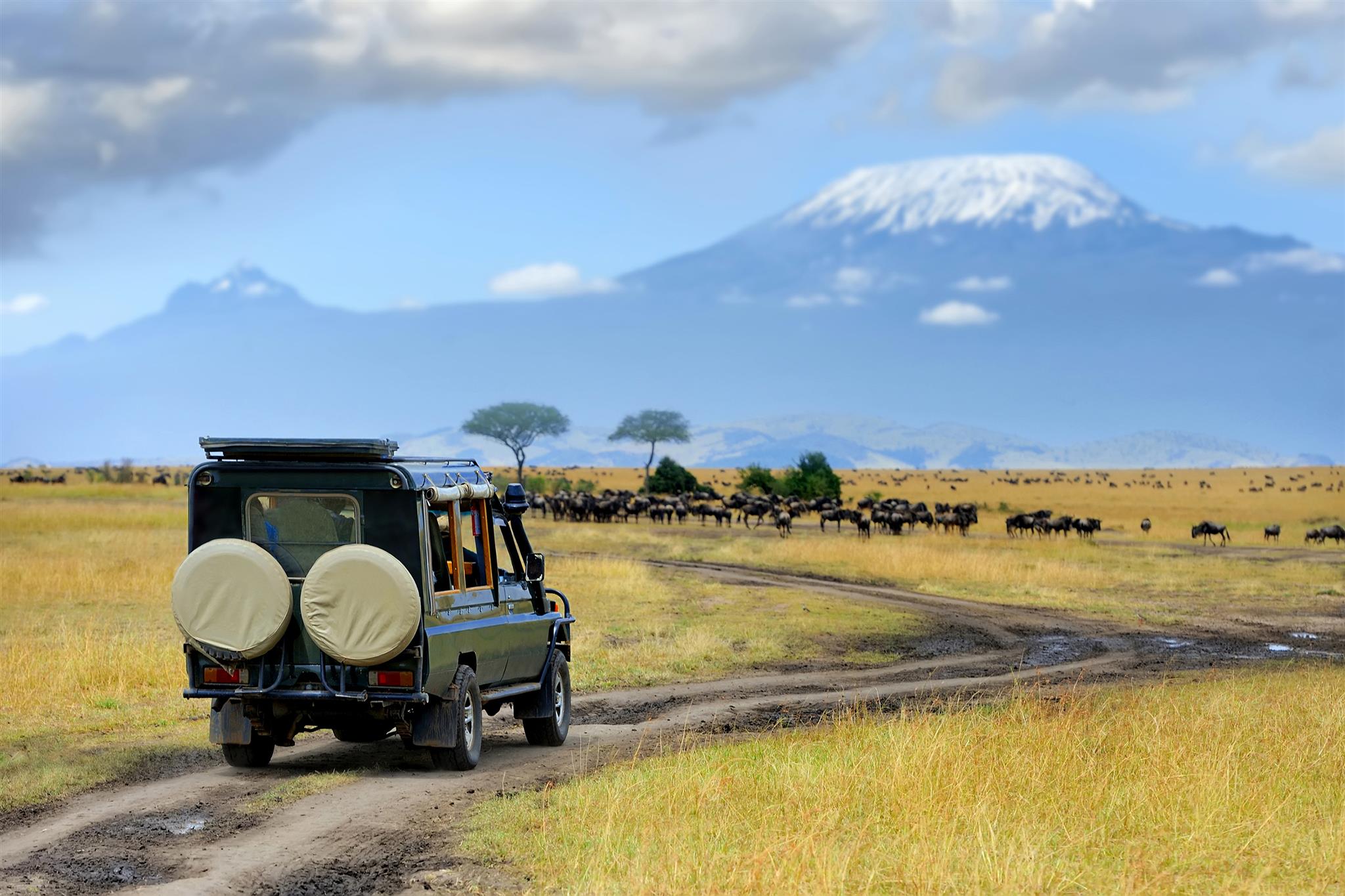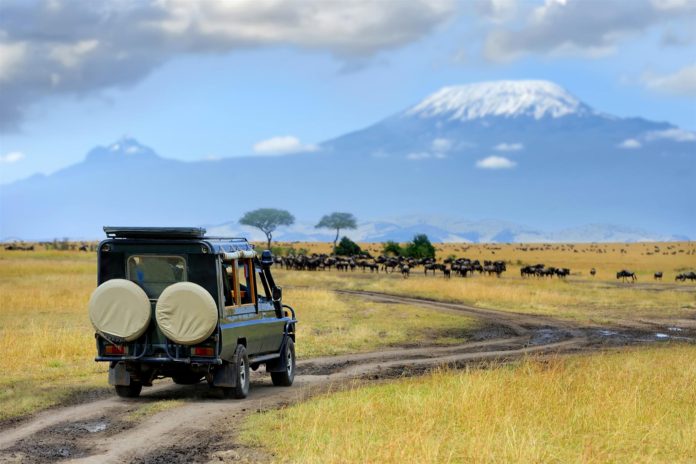By Josephine Wawira
Kenya is set to become one of the top five fastest-growing economies in Sub-Saharan Africa, with a projected rebound in GDP growth to 6% in 2018 and 7% by 2019 according to a Jumia hospitality report.
Although the country’s economic performance declined to 4.9% in 2017 from 5.8% in 2016, several factors will continue to drive the economy and almost certainly help reach the estimated growth rate. These drivers are among others enhanced security in Kenya, a steady macroeconomic environment, and most importantly improved infrastructural developments.
That said, let’s put more emphasis on the tourism industry as a vital component of the equation, directly contributing Ksh. 294.6 billion (USD 2.9 billion) to Kenya’s economy in 2017. This represents approximately 3.7% of the total GDP, which by end of 2018 is expected rise by 5.2% to reach a whooping Ksh. 310.1 billion.
In keeping with UNWTO’s priority of promoting sustainable tourism, it is no doubt that proper tourism infrastructure is a key metric in measuring the environmental, social, and economic impacts at destinations.
It can either be a stimulant of tourism destinations’ growth if prudently developed and maintained, or a deterrent if neglected. Appropriate infrastructure including high quality accommodation, unbeatable tour packages and attractions; and primarily transport infrastructure such as roads, rails, air and sea ports, all serve to facilitate seamless travel for tourists both the Kenyan domestic and international traveler.

Over the years, Kenya has made great milestones in developing sustainable infrastructure including the Standard Gauge Railway whose ongoing network expansion beams a light on tourism destinations, as they brace for accelerated number of visitors not only in Kenya but also across Africa.
This will be made possible by the easy and fast accessibility and connection of one destination to another. Synergies between the government (especially local governments) and the private stakeholders in refining the country road networks, will go a long way in growing not only the popular but also the less explored destinations.
There are also the rudimentary infrastructures that we must no longer turn a blind eye to. So, the transport networks are all developed to get the tourists to their preferred destinations. But how do the visitors find their vacation homes for the period of their stay? Are the amenities in good shape? Is there uninterrupted supply of power and clean water? Is drainage in the properties well maintained and hygiene observed by the service providers? Is there trained first aid personnel in case of emergencies? Are health facilities available in the locality with quick accessibility when illness strikes?
These are just some of the questions that must be addressed when developing tourism infrastructure meant to drive the growth of destinations. If well-handled and by the right people at the helm, then no doubt that even investors will be willing to put their money in destinations possessing greater potential. Well, wasn’t Margaret Thatcher right to say that “You and I come by road or rail, but economists travel on infrastructure”?
The travelling patterns and dynamics in Kenya are progressively being redesigned. Domestic tourism is growing at a high rate with an international expenditure of 38% and a local expenditure of 62%; especially among the younger Kenyan generation. Proper infrastructure is therefore certainly a top priority, if Kenya is to continue resonating with tourists as the most preferred travel destination.
The Writer is a PR Associate at Jumia Group














